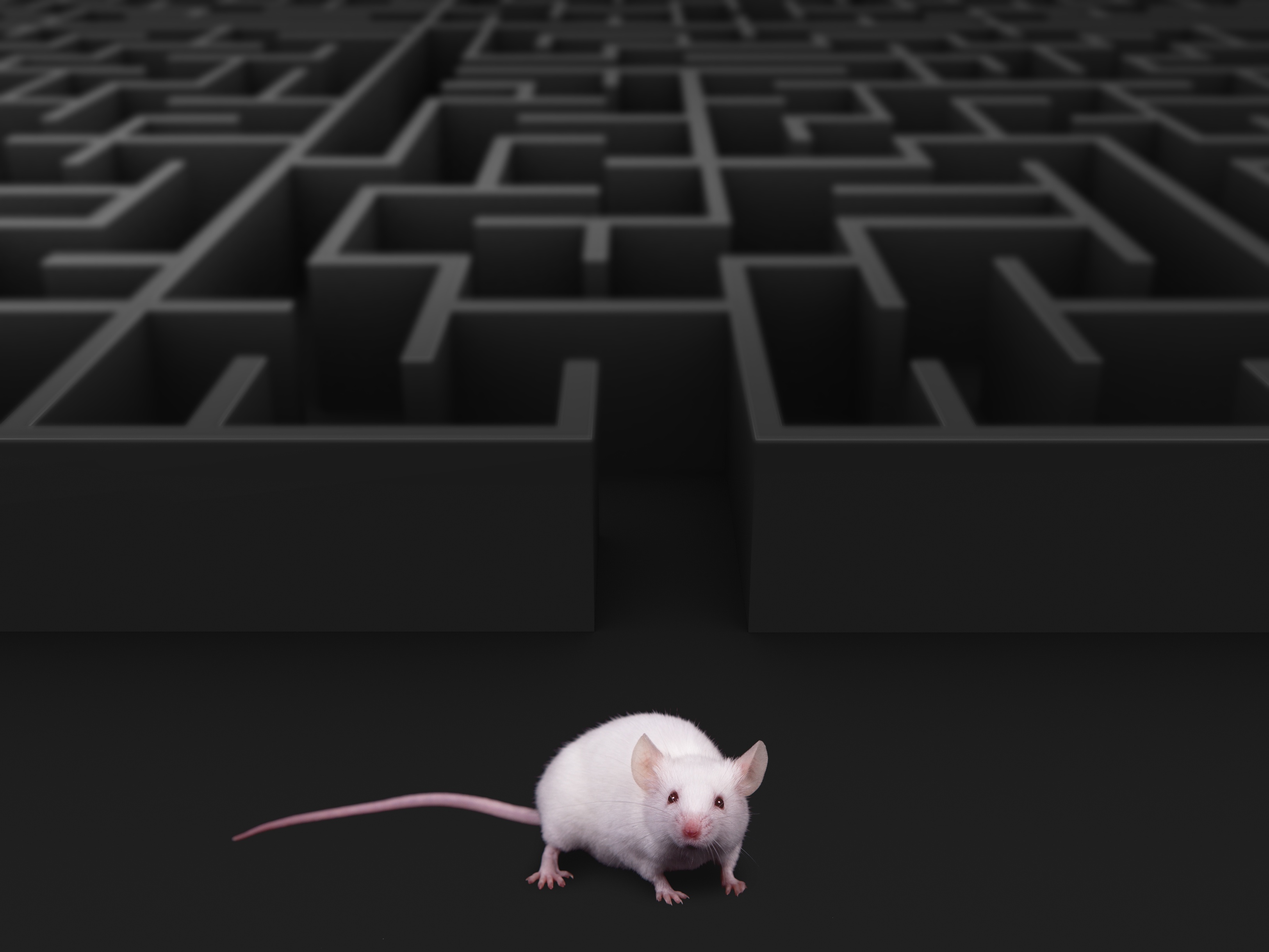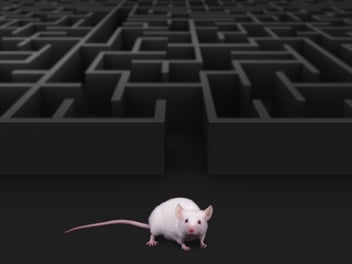1 min read

By: MD Biosciences on Jul 24, 2018 10:00:00 AM

Neurological diseases often result in a combination of motor and cognitive deficits. Thus, behavioral assessments in conjunction with physiological readouts offer a broader understanding of the basic biological mechanism of disease and cognitive impairment, highly relevant to therapeutic developments. Utilizing rodent and pig models, MD Biosciences offers a variety of behavioral assessment capabilities applicable to (but not limited to) the following subject areas:
Pain Test: Von Frey, thermal (hot plate, tail flick), weight bearing
Balance/Coordination Tests: Rotarod, paw placement/cylinder, balanced beam/catwalk
Learning and Cognition/Memory Test: Morris water maze, novel object recognition
Sensory and Motor Functioning Tests: Paw adhesive removal, grip strength
Anxiety/Stress Tests: Open field, tail suspension, forced swim, elevated plus maze

Murine species are so widely used in behavioral assessments and biomedical research due to their small size, fast reproductive cycles, short lifespan and the abundant availability of embryonic stem cells. Murine data provides valuable information for early-stage studies but in many cases, they do not accurately represent features of the human situation, demanding a need for a different species model to be used in order to effectively contribute to the development of superior models of human conditions. The use of porcine models more closely resembles human features including anatomy, physiology, metabolic profile, size and longer lifespan. Pig models increase study translatability to clinical settings as well as being a valuable model for pharmacological, gastrointestinal, and wound healing studies. Additionally, behavioral observations in pigs offer markedly different data parameters than mice including standing/walking positions, self-defense behavior, social interaction activity, isolation, restlessness and vocalization levels. Humans and pigs share an interesting evolutionary relationship with an extensive list of similar traits including cognitive functioning, making the pig model particularly useful to apply for evaluating behavior.
Contact us to learn more about assessment specific details or to discuss study-specific behavior model options!